What is Vertical SaaS?
Stax
JUNE 18, 2025
That’s the main premise of vertical SaaS. Unlike horizontal SaaS solutions that serve a broad range of businesses, vertical SaaS solutions are designed with deep knowledge of specific markets—making them more intuitive, efficient, and impactful. What is Vertical SaaS? Since vertical SaaS platforms are niche-focused (e.g.,



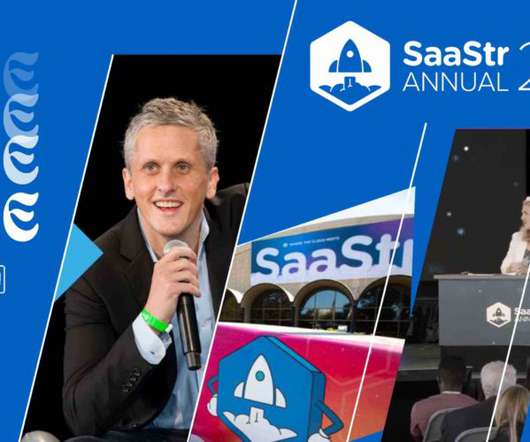












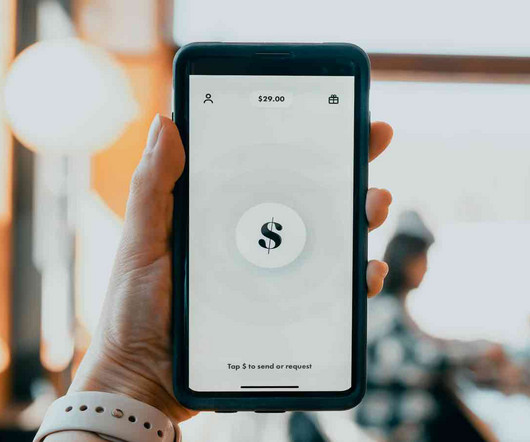
















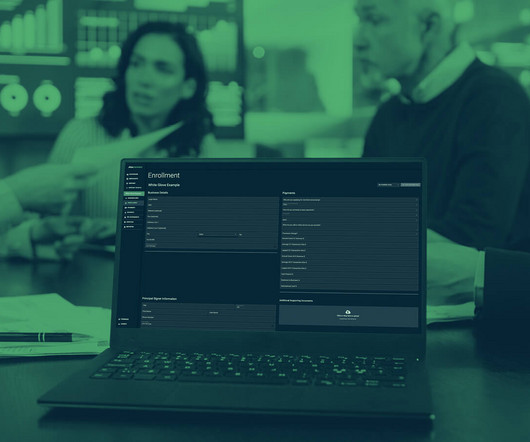

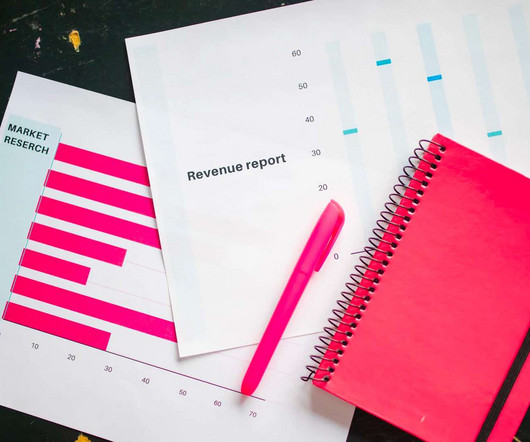





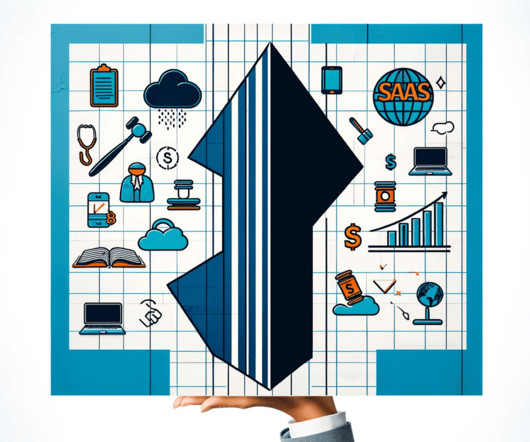
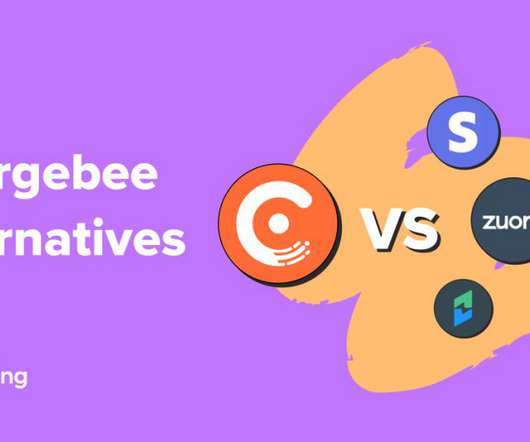










Let's personalize your content